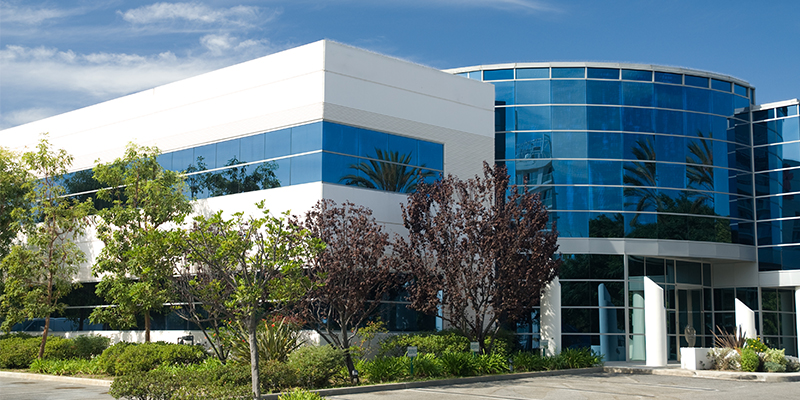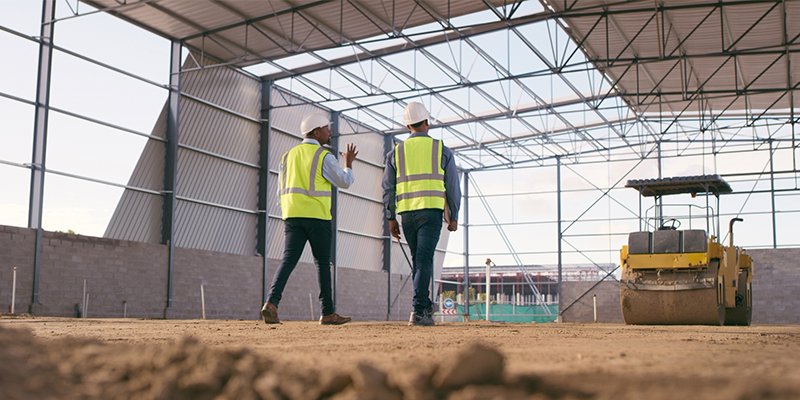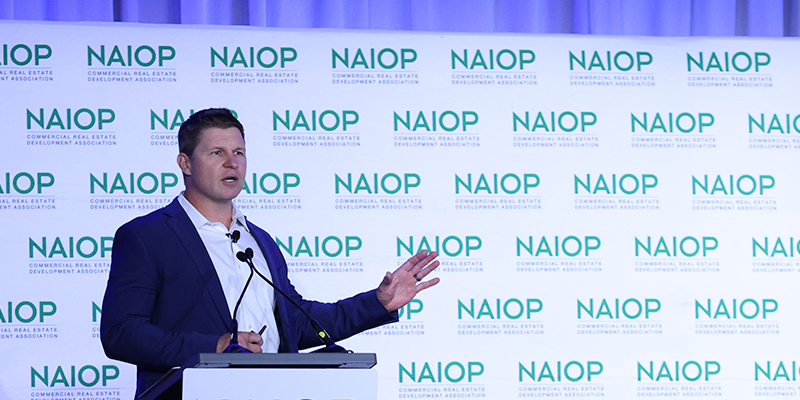Images of office buildings usually portray those in a city — dense, glass-covered skyscrapers in the heart of a metropolis. But the majority of office buildings built in the last 20 years were actually in the suburbs.
Using data provided by CommercialEdge, COMMERCIALCafé compared where office properties have been constructed since 2002 — in suburban settings, urban settings or in central business districts (CBDs) in the U.S. Results were then broken down further to highlight where offices were developed within the top 50 markets.
In total, 1.8 billion square feet of office space was added in the last 20 years across the country, 85% of which was in the top 50 markets. Notably, fully two-thirds of that space was in suburban areas across more than 18,000 properties and totaling more than 1.2 billion square feet.
However, regional differences persist. For instance, the Pacific Northwest and the Northeastern regions saw more urban development than the other regions, adding 42% and 47%, respectively, and totaling 206 million square feet of office space across more than 1,000 properties in markets like Seattle; Portland, Oregon; New York City; and Boston.
Conversely, office development in the Western and Southwestern regions was dominated by suburban construction. Specifically, in the last two decades, 80% of all offices built in these regions were in suburban areas, totaling more than 240 million square feet across nearly 2,500 properties. Markets included in these regions are famous for their suburban sprawl and include Dallas-Fort Worth, Houston, Phoenix, Denver, and Salt Lake City.
Meanwhile, on the West Coast, office space added in San Francisco and Los Angeles focused heavily on urban development — but outside of the CBD. In fact, only one property was constructed in San Francisco’s CBD in the last 20 years: 350 Bush, adding 388,000 square feet. Even so, the submarkets of SoMa and the South Financial District saw significant office development, including the 1.4-million-square-foot Salesforce Tower in 2018. Los Angeles followed a similar trend, largely due to its vast urban areas outside of the CBD, which have added 23 million square feet across 211 properties since 2002.
Conversely, the other two major California markets saw the opposite trend, with suburban office development dominating the Bay Area and San Diego. More precisely, 91% of office space added in San Diego was in the suburbs: 268 properties totaling 27 million square feet mostly centered around Torrey Pines, Sorrento Valley and Carlsbad. At the same time, the Bay Area’s office market exploded, adding 375 properties comprising 55.6 million square feet of suburban office space in the last 20 years. The Bay Area also popularized the “tech campus” style of office development that has since spread to other regions of the country, including Salt Lake City, Denver and Austin, Texas, to name a few.
Interestingly, Chicago was the only Midwestern market to add more office space to urban areas (including the CBD) than any other. Here, 56% of office space developed in the last 20 years was built in either urban areas or the CBD and totaled 33.7 million square feet across 119 properties. All other office development in Midwestern markets was overwhelmingly suburban.
Check out the full report from CommercialCafe and the methodology for more information.








